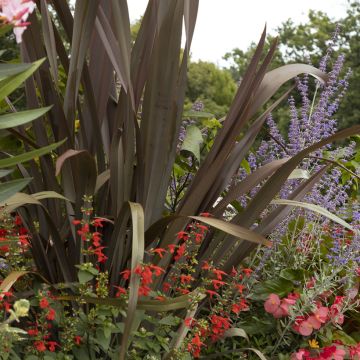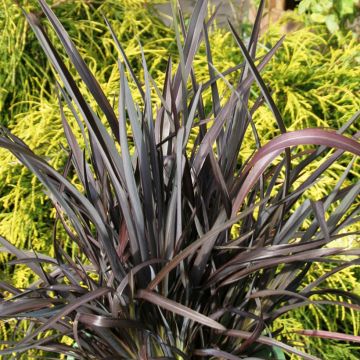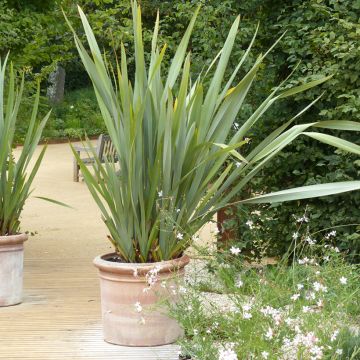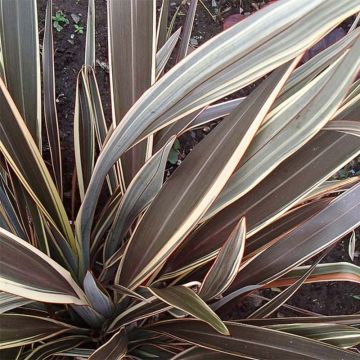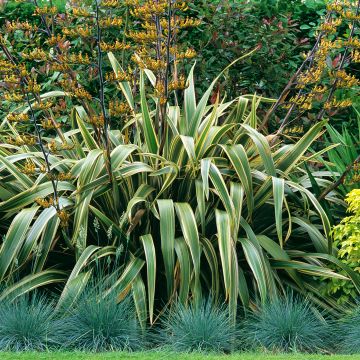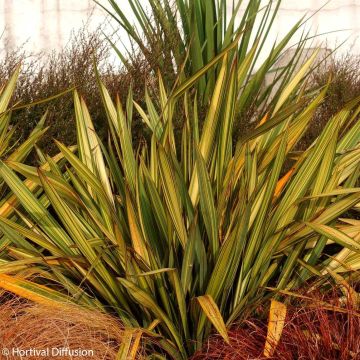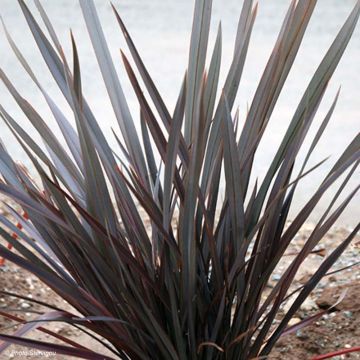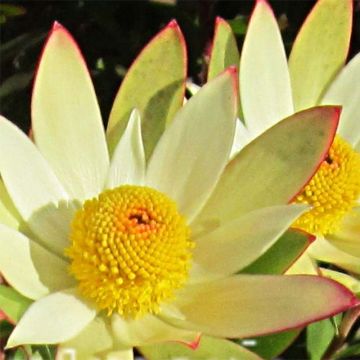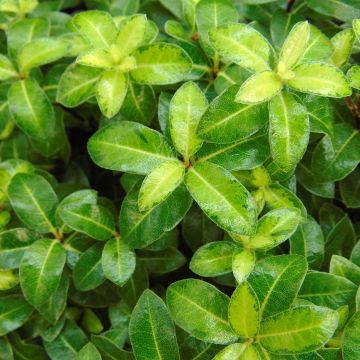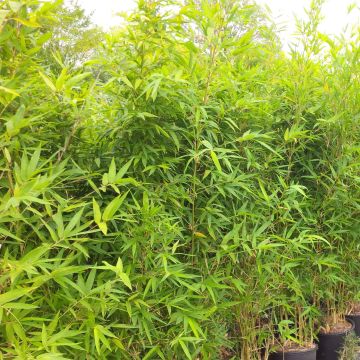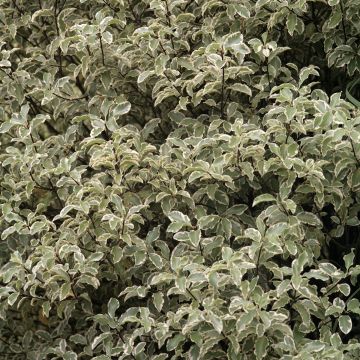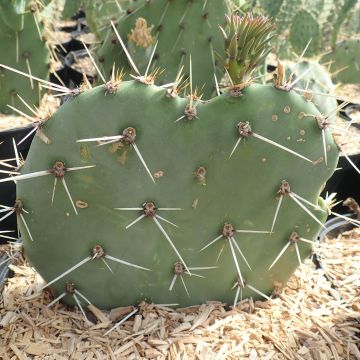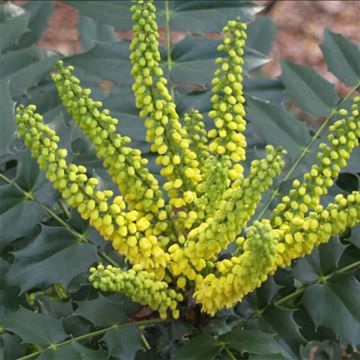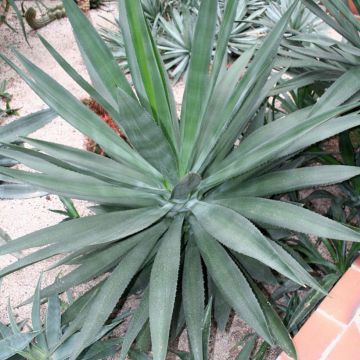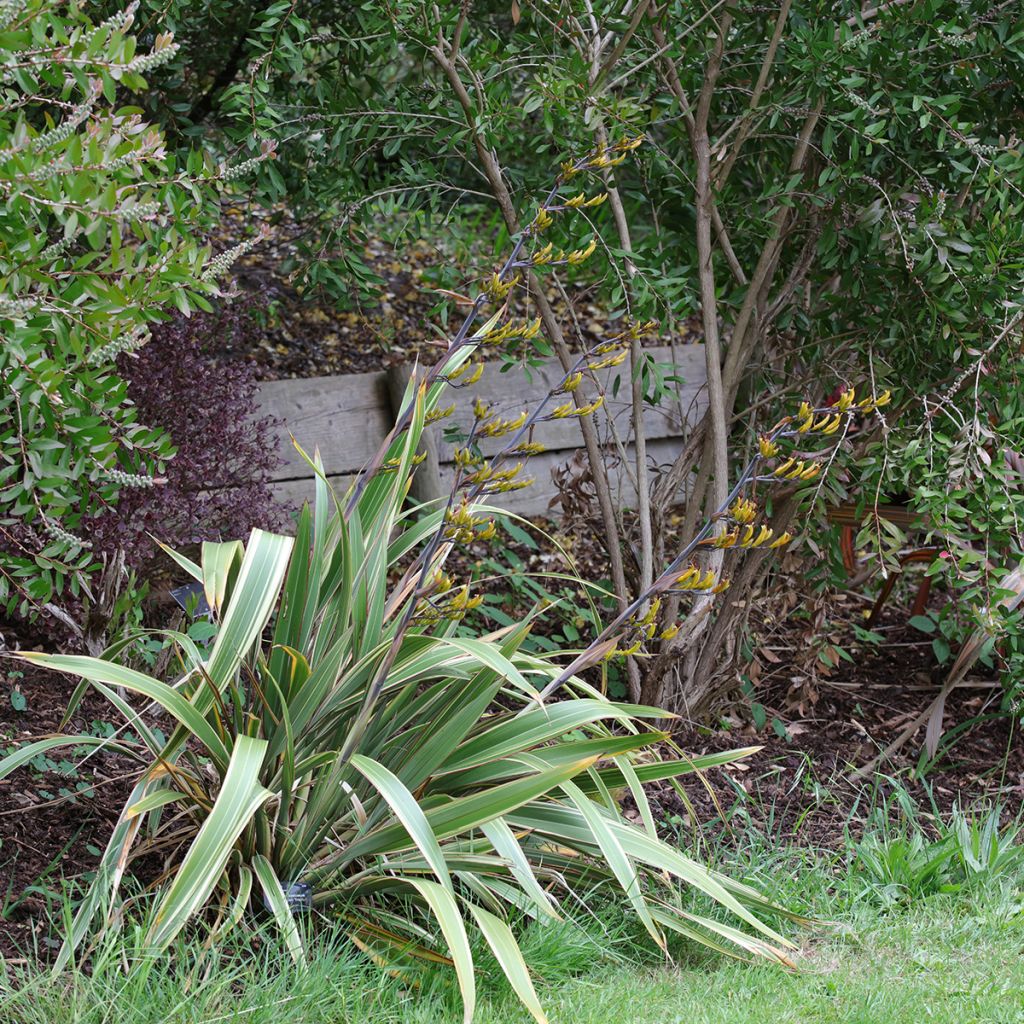

Phormium cookianum subsp. hookeri Tricolor
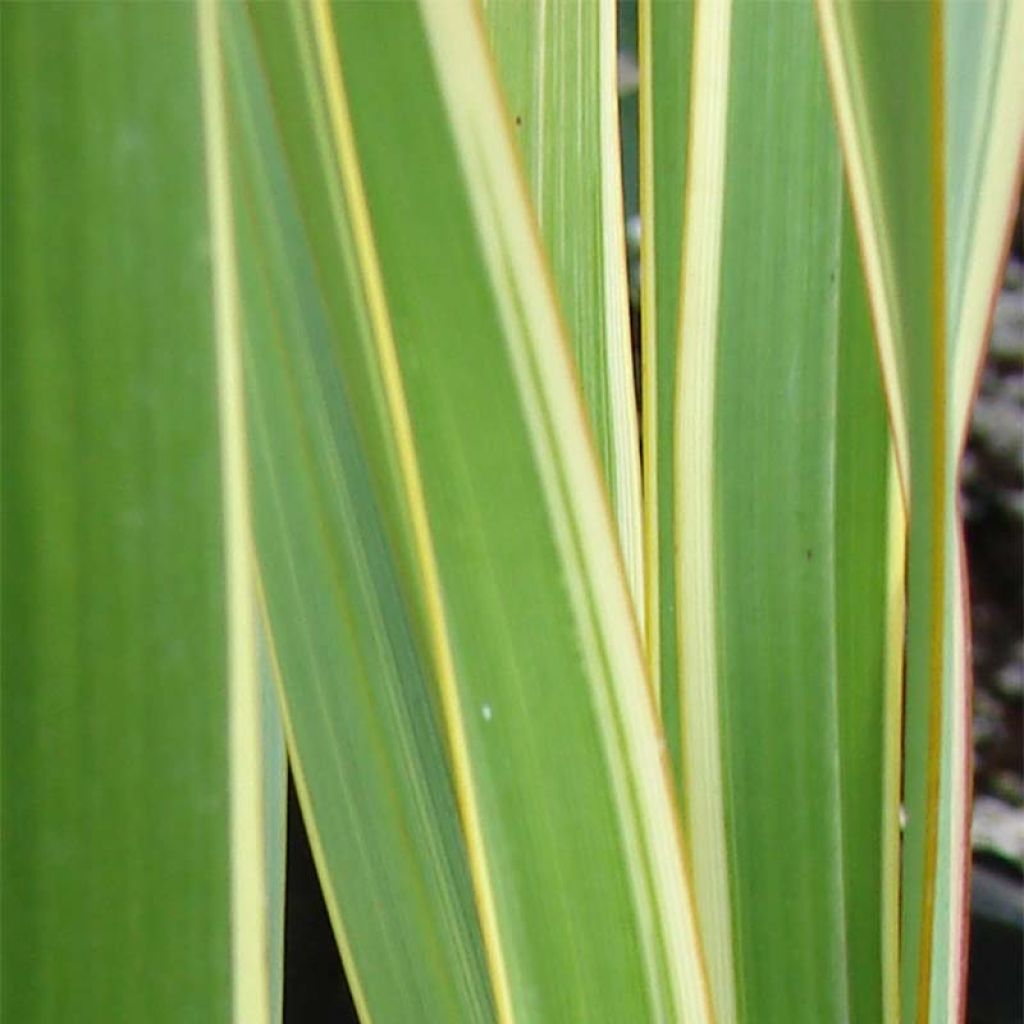

Phormium cookianum subsp. hookeri Tricolor
Phormium cookianum subsp. hookeri Tricolor
Phormium cookianum subsp. hookeri Tricolor
Mountain Flax, Wharariki, New Zealand Hemp
Very lovely young plant, arrived very well packaged and fresh. Bigger than described. Really great to have acquired this beautiful specimen. I recommend to everyone. Thank you Promesse de fleurs and well done for your flowers.
Dominique, 28/12/2022
Special offer!
Receive a €20 voucher for any order over €90 (excluding delivery costs, credit notes, and plastic-free options)!
1- Add your favorite plants to your cart.
2- Once you have reached €90, confirm your order (you can even choose the delivery date!).
3- As soon as your order is shipped, you will receive an email containing your voucher code, valid for 3 months (90 days).
Your voucher is unique and can only be used once, for any order with a minimum value of €20, excluding delivery costs.
Can be combined with other current offers, non-divisible and non-refundable.
Home or relay delivery (depending on size and destination)
Schedule delivery date,
and select date in basket
This plant carries a 12 months recovery warranty
More information
We guarantee the quality of our plants for a full growing cycle, and will replace at our expense any plant that fails to recover under normal climatic and planting conditions.


Would this plant suit my garden?
Set up your Plantfit profile →
Description
Phormium cookianum 'Tricolor' is a variety of Mountain Flax that is large and beautifully coloured, but also one of the hardiest and easiest to grow, in moist soil. This perennial, with its giant grass-like shape, forms a large erect tuft composed of large, persistent, prickly leaves that are green with cream margins and edged in pink-red. It is ornamental all year round, including during summer, with large panicles of green-yellow tubular flowers. It is both very bright and very impressive in a mass planting or in a large container on the terrace. This phormium appreciates moist soil in summer, drier in winter.
Phormium cookianum or Mountain Flax belongs to the agave family, just like its cousin the Phormium tenax, and both are native to New Zealand. However, the former is smaller and slightly less hardy, and prefers moister, fertile soil. The 'Tricolor' cultivar is a robust variegated foliage form. This robust rhizomatous perennial grows in a large non-spreading clump. Its growth is rather slow, reaching maturity at around 8 years. It has an upright and arching habit, reaching an average height of 1.5 meters (4 feet 11 inches) depending on growing conditions, with a spread of 2 metres (6 feet 7 inches). The leaves are wide, up to 10 cm (3.9 in), slightly arching, very long, flexible, pointed, and trailing at their tips. They are striped with bright green and creamy yellow, finely edged with purple-red. The quite spectacular flowering takes place in June-July. It takes the form of flower stalks at least 3 metres (9 feet 10 inches) high overhanging the foliage clump. The tubular flowers are yellow, tinged with green.
This Phormium is a plant of great ornamental value, suitable for large beds or large rockeries, in mild climates. It may sometimes be disappointing in hot climates if it does not receive regular watering in summer. Used as a specimen or planted in groups, it structures the space like large grasses. It is also a wonderful perennial for a modern garden with clean lines. In cold regions, it can be planted in a very large pot on the terrace or balcony, to admire its presence in the summer and overwinter it frost-free in a cold greenhouse or a slightly heated conservatory. In an urban garden, it softens concrete structures. For an exotic atmosphere, it can be associated with Leptospermum scoparium, a pink to red ball-shaped flower in summer, Helichrysum rosmarinifolium 'Silver Jubilee', Pittosporum tenuifolium Tom Thumb, or even Olearia macrodonta 'Major', also from the coast.
The Maoris use Phormiums as we use flax, for their fibres that are used in the textile industry. This ability probably gave them the vernacular name 'New Zealand Flax' or 'Mountain Flax'.
Report an error about the product description
Phormium cookianum subsp. hookeri Tricolor in pictures


Flowering
Foliage
Plant habit
Botanical data
Phormium
cookianum subsp. hookeri
Tricolor
Agavaceae
Mountain Flax, Wharariki, New Zealand Hemp
Cultivar or hybrid
Other Phormium
View all →Planting and care
Phormium cookianum 'Tricolor' is a hardy plant that will only be grown in open ground in regions where frost does not go below -7°C (19.4 °F). Everywhere else, pot cultivation is more suitable, allowing for wintering in a frost-free, cool and bright room.
Plant your Phormium in a container or large pot with the bottom filled with gravel, potshards or clay pellets. The soil mix should be fertile and well-draining (1/3 leaf compost, 1/3 compost and 1/3 ordinary garden soil, enriched with a handful of bonemeal).
Place the plant in full sun. Water abundantly during the growth period so that the soil never completely dries out. Feed the plant with special "green plant" fertilizer diluted in watering water once a month. In winter, reduce water and fertilizer inputs, and let the soil superficially dry between waterings.
In regions with a mild climate and light frost, plant the Phormium in open ground, in a very well-drained, yet moist and fertile soil.
In summer, make sure the plant does not lack water. In winter, it is satisfied with rainwater.
In case of severe frost, install a thick mulch at the base of the plant and cover it with fleece.
In the coldest regions, a thick mulch will help protect the roots from frost in winter.
Planting period
Intended location
Care
-
, onOrder confirmed
Reply from on Promesse de fleurs
Similar products
Haven't found what you were looking for?
Hardiness is the lowest winter temperature a plant can endure without suffering serious damage or even dying. However, hardiness is affected by location (a sheltered area, such as a patio), protection (winter cover) and soil type (hardiness is improved by well-drained soil).

Photo Sharing Terms & Conditions
In order to encourage gardeners to interact and share their experiences, Promesse de fleurs offers various media enabling content to be uploaded onto its Site - in particular via the ‘Photo sharing’ module.
The User agrees to refrain from:
- Posting any content that is illegal, prejudicial, insulting, racist, inciteful to hatred, revisionist, contrary to public decency, that infringes on privacy or on the privacy rights of third parties, in particular the publicity rights of persons and goods, intellectual property rights, or the right to privacy.
- Submitting content on behalf of a third party;
- Impersonate the identity of a third party and/or publish any personal information about a third party;
In general, the User undertakes to refrain from any unethical behaviour.
All Content (in particular text, comments, files, images, photos, videos, creative works, etc.), which may be subject to property or intellectual property rights, image or other private rights, shall remain the property of the User, subject to the limited rights granted by the terms of the licence granted by Promesse de fleurs as stated below. Users are at liberty to publish or not to publish such Content on the Site, notably via the ‘Photo Sharing’ facility, and accept that this Content shall be made public and freely accessible, notably on the Internet.
Users further acknowledge, undertake to have ,and guarantee that they hold all necessary rights and permissions to publish such material on the Site, in particular with regard to the legislation in force pertaining to any privacy, property, intellectual property, image, or contractual rights, or rights of any other nature. By publishing such Content on the Site, Users acknowledge accepting full liability as publishers of the Content within the meaning of the law, and grant Promesse de fleurs, free of charge, an inclusive, worldwide licence for the said Content for the entire duration of its publication, including all reproduction, representation, up/downloading, displaying, performing, transmission, and storage rights.
Users also grant permission for their name to be linked to the Content and accept that this link may not always be made available.
By engaging in posting material, Users consent to their Content becoming automatically accessible on the Internet, in particular on other sites and/or blogs and/or web pages of the Promesse de fleurs site, including in particular social pages and the Promesse de fleurs catalogue.
Users may secure the removal of entrusted content free of charge by issuing a simple request via our contact form.
The flowering period indicated on our website applies to countries and regions located in USDA zone 8 (France, the United Kingdom, Ireland, the Netherlands, etc.)
It will vary according to where you live:
- In zones 9 to 10 (Italy, Spain, Greece, etc.), flowering will occur about 2 to 4 weeks earlier.
- In zones 6 to 7 (Germany, Poland, Slovenia, and lower mountainous regions), flowering will be delayed by 2 to 3 weeks.
- In zone 5 (Central Europe, Scandinavia), blooming will be delayed by 3 to 5 weeks.
In temperate climates, pruning of spring-flowering shrubs (forsythia, spireas, etc.) should be done just after flowering.
Pruning of summer-flowering shrubs (Indian Lilac, Perovskia, etc.) can be done in winter or spring.
In cold regions as well as with frost-sensitive plants, avoid pruning too early when severe frosts may still occur.
The planting period indicated on our website applies to countries and regions located in USDA zone 8 (France, United Kingdom, Ireland, Netherlands).
It will vary according to where you live:
- In Mediterranean zones (Marseille, Madrid, Milan, etc.), autumn and winter are the best planting periods.
- In continental zones (Strasbourg, Munich, Vienna, etc.), delay planting by 2 to 3 weeks in spring and bring it forward by 2 to 4 weeks in autumn.
- In mountainous regions (the Alps, Pyrenees, Carpathians, etc.), it is best to plant in late spring (May-June) or late summer (August-September).
The harvesting period indicated on our website applies to countries and regions in USDA zone 8 (France, England, Ireland, the Netherlands).
In colder areas (Scandinavia, Poland, Austria...) fruit and vegetable harvests are likely to be delayed by 3-4 weeks.
In warmer areas (Italy, Spain, Greece, etc.), harvesting will probably take place earlier, depending on weather conditions.
The sowing periods indicated on our website apply to countries and regions within USDA Zone 8 (France, UK, Ireland, Netherlands).
In colder areas (Scandinavia, Poland, Austria...), delay any outdoor sowing by 3-4 weeks, or sow under glass.
In warmer climes (Italy, Spain, Greece, etc.), bring outdoor sowing forward by a few weeks.































